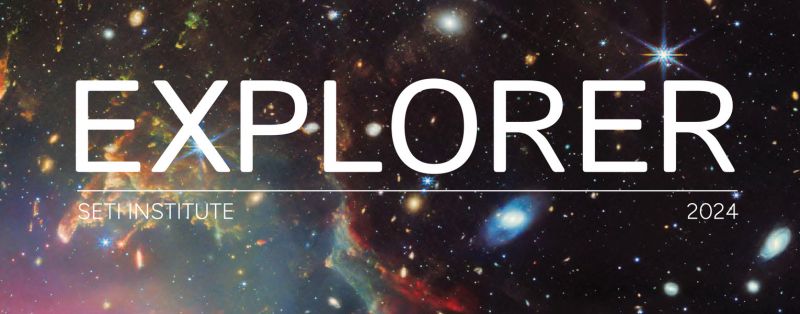
Planetary Picture of the Day
Week of December 16, 2024
In the lead-up to our end-of-year break, we looked back at Earth and ahead to Mars. Plus, stunning views of the moons Europa and Epimetheus as well as planet Mercury.
Monday, 16 December 2024
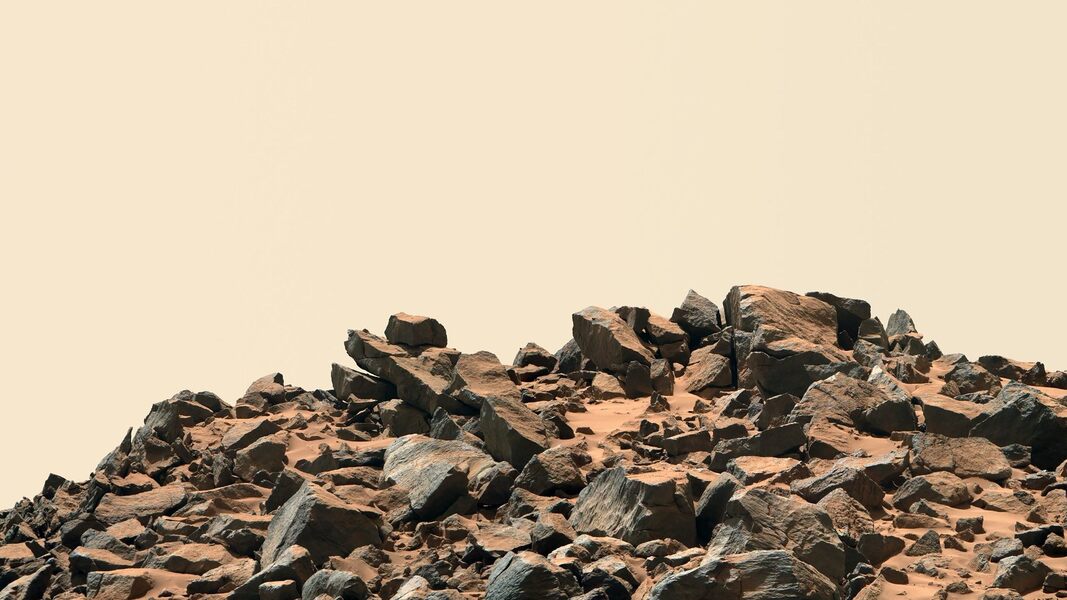
Pile of Mars Rocks
Well, there are well-ordered sedimentary layers, and there is whatever this is -- a nice pile of rocks that looks too chaotic to be an eroded lava flow. Perhaps this pile is part of an impact crater ejecta deposit. We'll soon know what it is, as this is one of the newest images captured by NASA's Perseverance rover on 12/12/24 at Jezero crater.
Tuesday, 17 December 2024
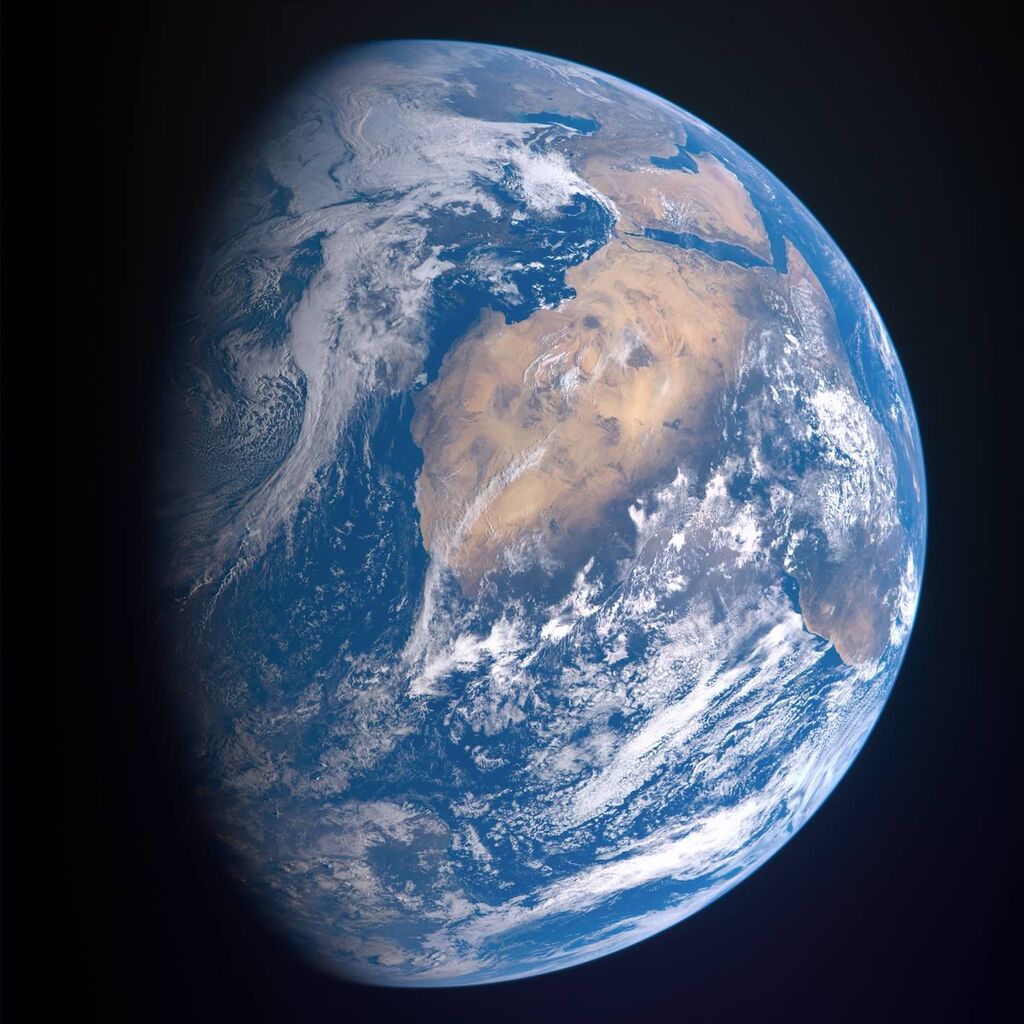
Home
ESA's Rosetta captured this absolutely stunning image of Earth on November 13, 2009, during its third flyby of our home. Rosetta was on its way to comet 67P/Churyumov-Gerasimenko, which it reached in May 2014.
Wednesday, 18 December 2024
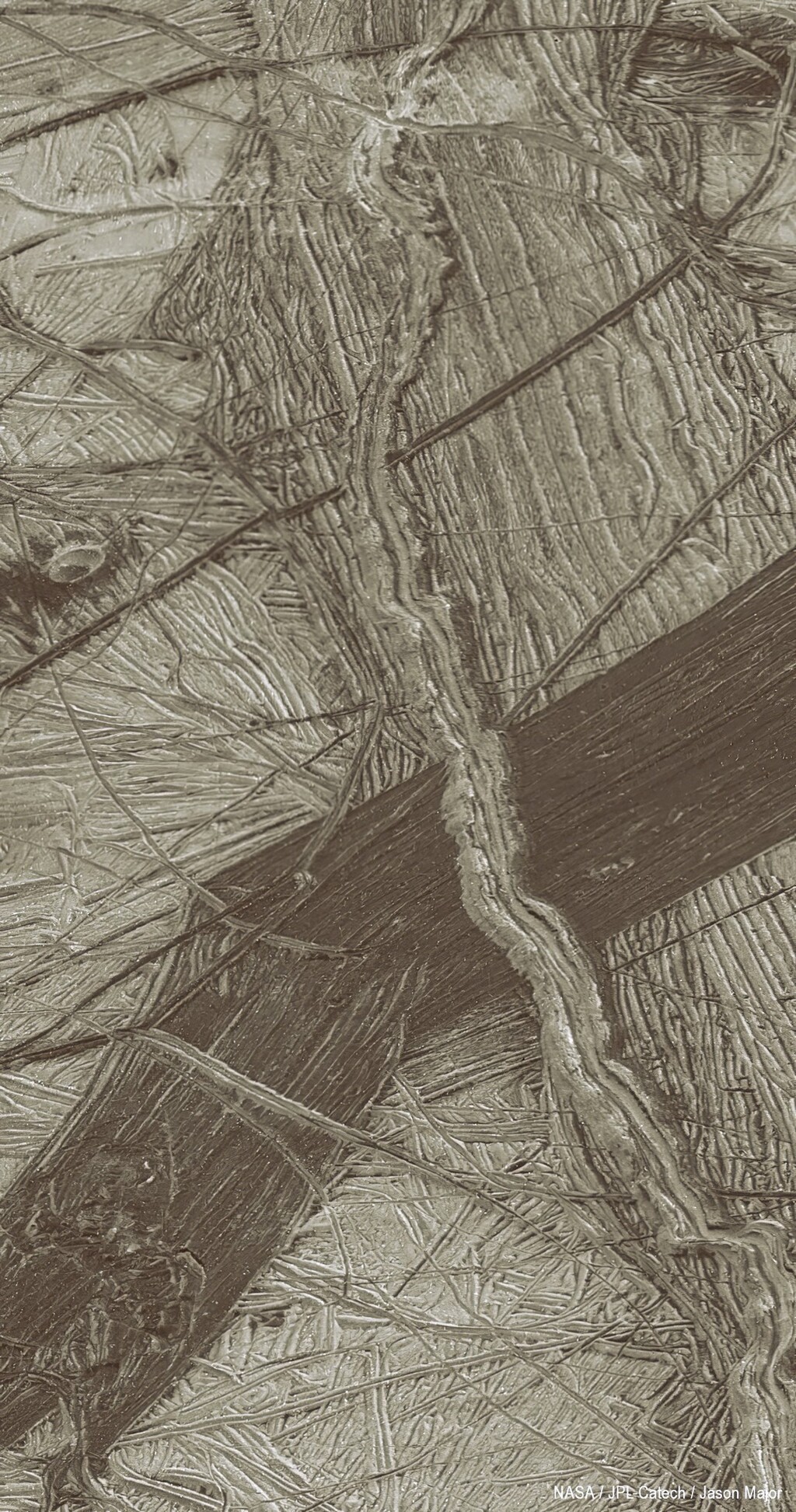
Processing: J. Major
Wallpaper Wednesday - Europa
NASA's Galileo spacecraft imaged a portion of the surface of Jupiter's moon Europa on Dec. 16, 1997. This picture uses the monochrome raw image data with color synthesized to approximate natural hues. West on Europa is toward the top. Definitely need a 4-wheel drive for this one, but what an amazing landscape!
Thursday, 19 December 2024
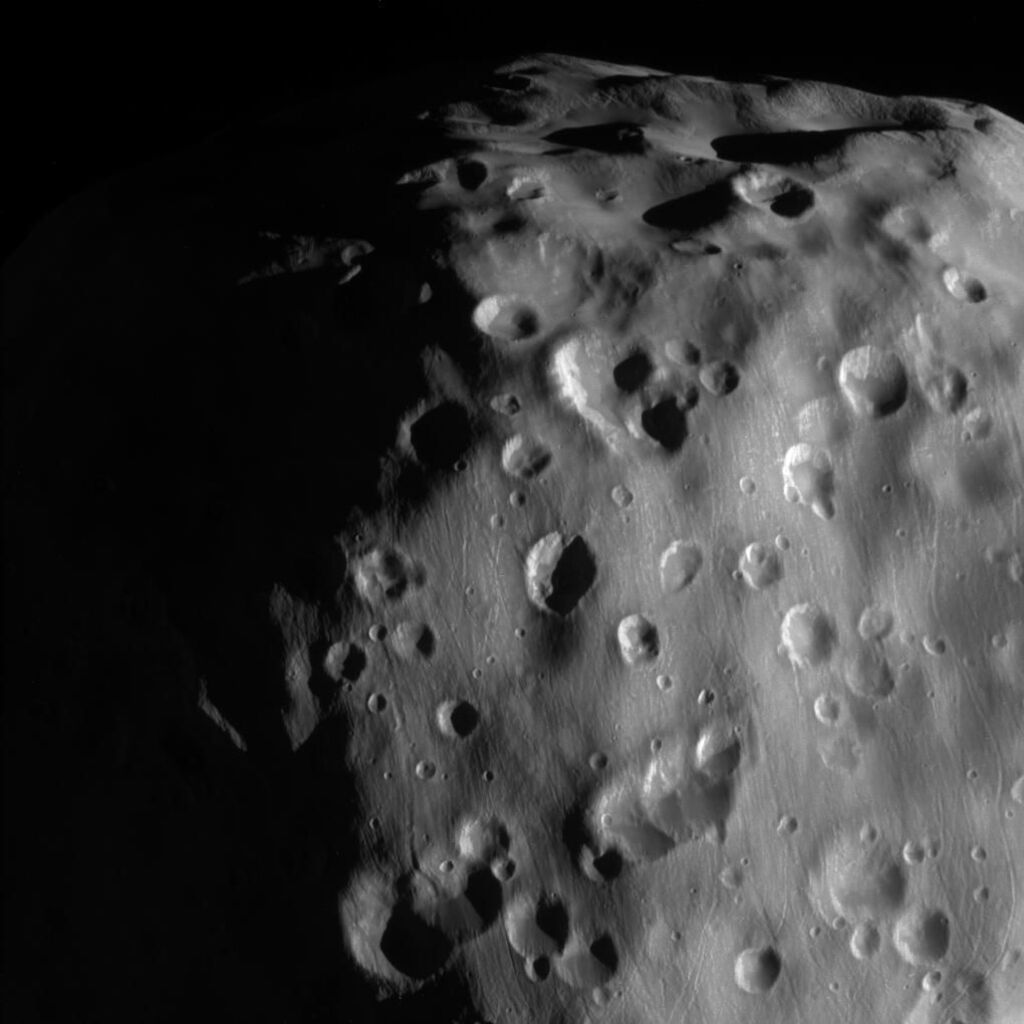
Zoom in on Epimetheus
This zoomed-in view of Saturn's moon Epimetheus, one of the highest resolutions ever taken, shows a surface covered in craters, vivid reminders of the hazards of space.
Epimetheus (70 miles or 113 kilometers across) is too small for its gravity to hold onto an atmosphere. It is also too small to be geologically active. There is no way to erase the scars from meteor impacts except for the generation of new impact craters on top of old ones.
The image was taken with the Cassini spacecraft narrow-angle camera on Feb. 21, 2017, using a spectral filter that preferentially admits wavelengths of near-infrared light centered at 939 nanometers.
Friday, 20 December 2024
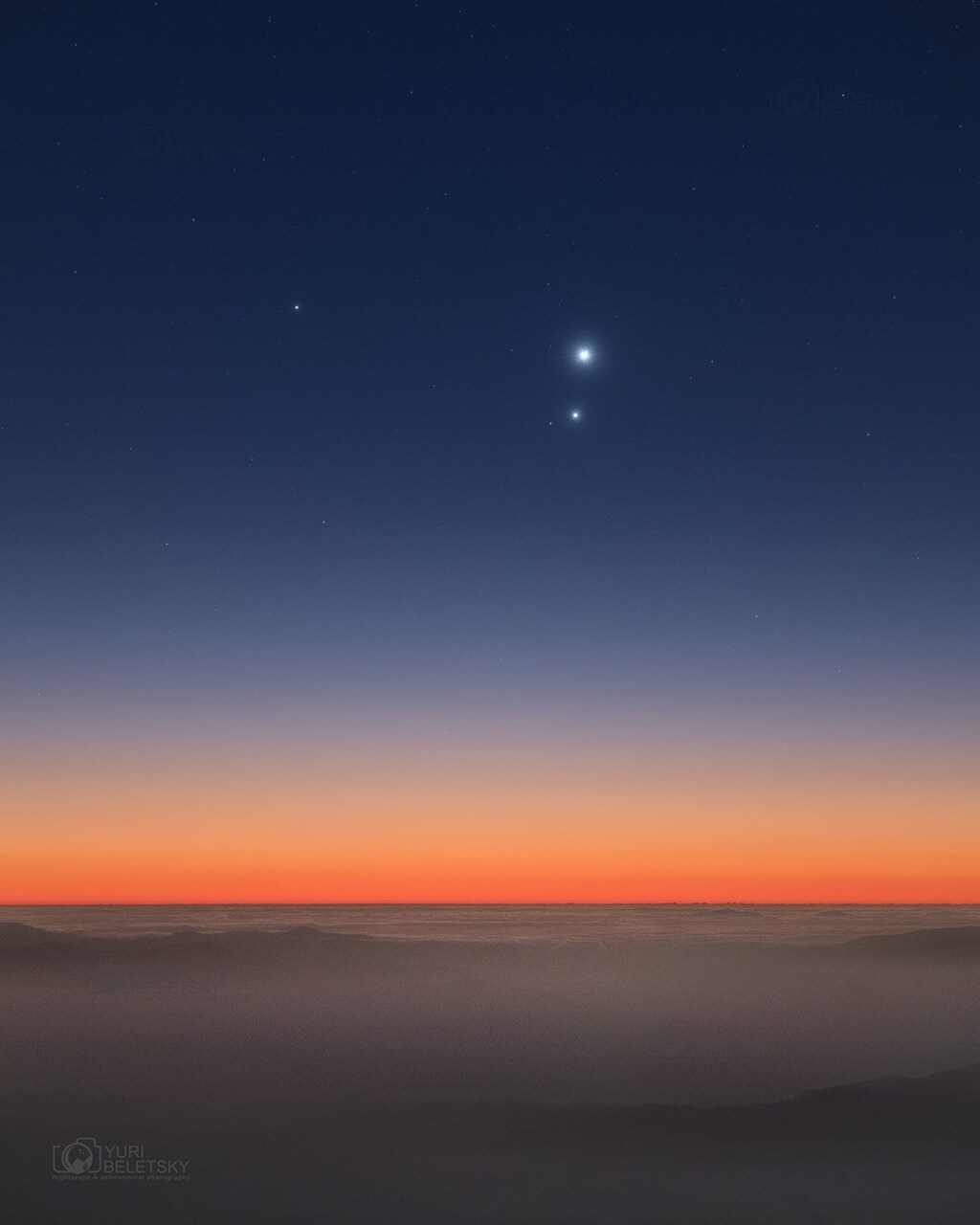
Planetary Conjunction
What a beautiful conjunction of three planets over the Pacific: Venus (the brightest), Jupiter (second brightest, below), and Mercury (far left) are all together glowing in the dusk. In the foreground, you can see a foggy valley in the Atacama desert, with clouds covering the ocean in the distance. Taken in 2017.
Monday, 23 December 2024
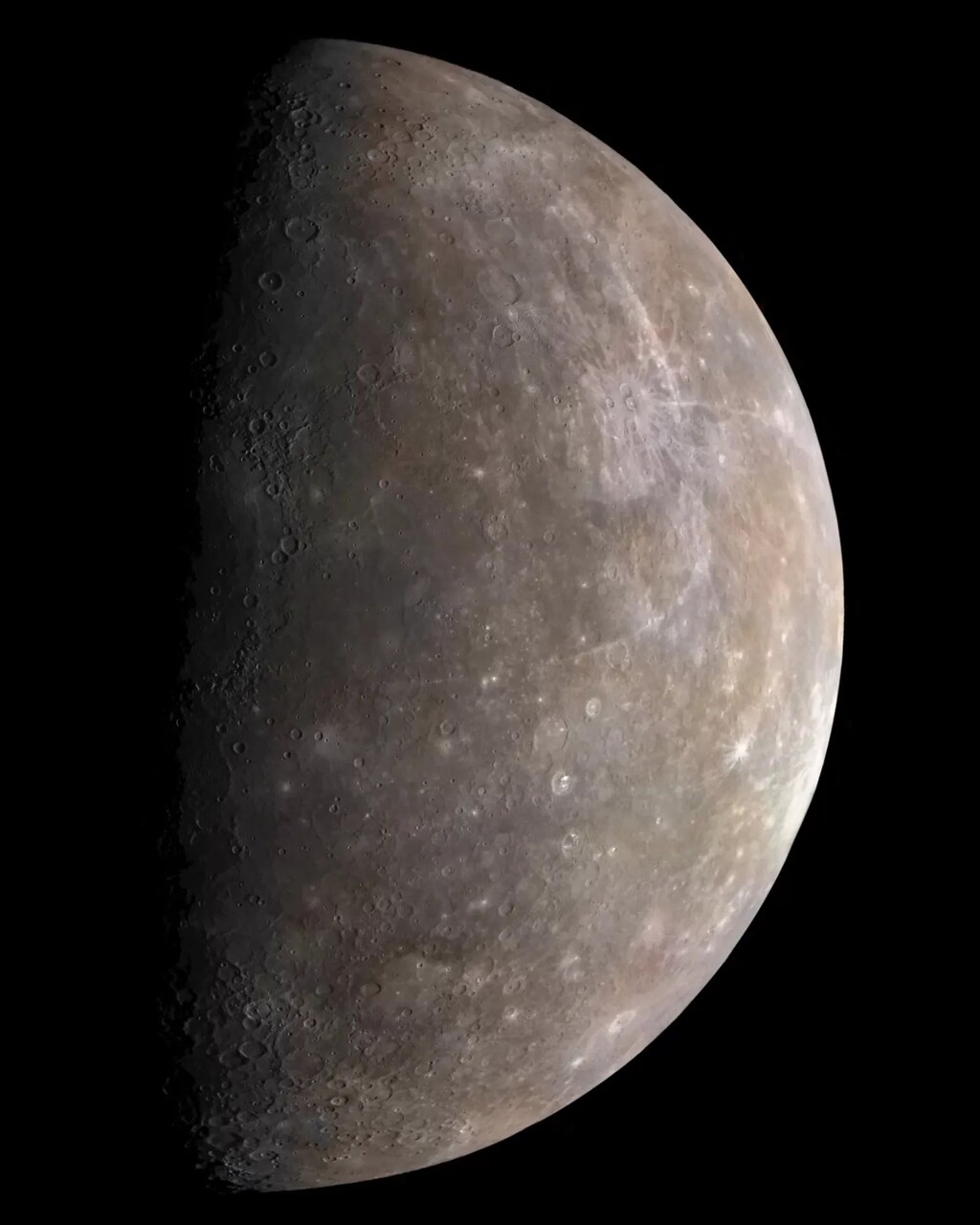
Mercury in Color from Mariner 10
This mosaic of Mercury was assembled by Ted Stryk from many individual frames taken by Mariner 10 as it departed Mercury after its first flyby on March 29, 1974. The Caloris basin is just visible on the terminator (day-night boundary) on the left side of the image. This image represents the best global view of Mercury before MESSENGER.
Tuesday, 24 December 2024
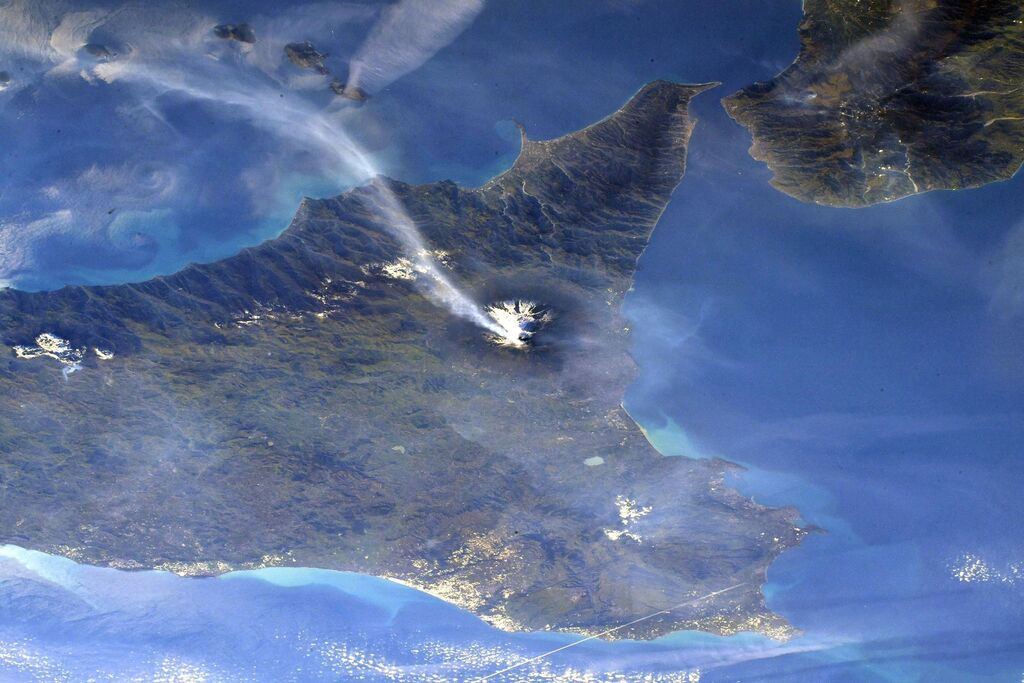
Etna from ISS
Etna is a stratovolcano in Sicily, Italy, that has erupted intermittently for hundreds of thousands of years. Eruptions have been documented as early as 1500 BCE. In February 2022, while onboard the International Space Station, ESA astronaut Matthias Maurer captured this image of a plume of smoke wafting from the peak. The volcano was still erupting as recently as November 2024.


